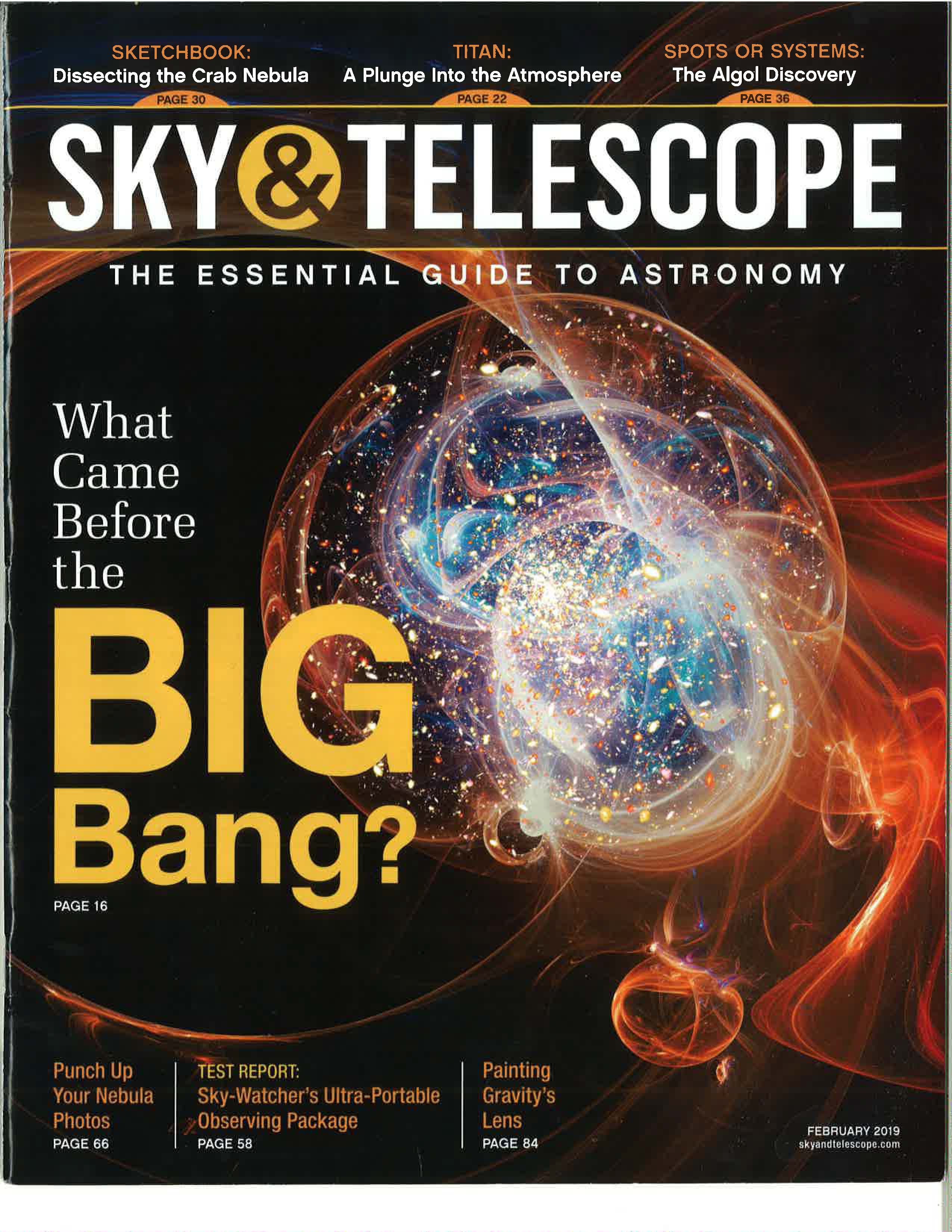

Details: 80mm focal length at f/4, ISO 400 and 2-second exposure. This photo, taken July 8, 2020, from Thunder Bay, Ontario, perfectly captures the comet's naked-eye appearance. Between July 12–18 you can observe it at both dusk and dawn. ISO 800, 12 stacked 15 second exposures.ĭawn comet viewing will be best through about July 18th, with the evening apparition starting about July 12th and continuing the remainder of the summer. Details: Wupatki National Monument, Arizonaģ:52-3:57 AM MST with a Canon EOS 6D Mark II and 300mm focal length lens at f/5.6. Few observers have noted the ion tail visually yet, but you can't miss it in Michael Jaeger's photo.Ĭomet NEOWISE's complex and spectacular tail is becoming more evident as it climbs higher at dawn and the Moon's phase wanes. The comet is also developing a fainter, blue-hued ion tail from fluorescing carbon monoxide. An enormous amount of dust must concentrate near the false nucleus because its yellow color is unmistakable. Micron-size dust particles scatter sunlight and glow faintly yellow. NEOWISE has a prominent dust tail, formed when dust-rich ice vaporizes in the Sun's heat.

A faint, tendrily ion tail appears just above NEOWISE's prominent dust tail on July 7, 2020. Bifurcated tails appear in comets that are actively producing massive quantities of dust either after a close passage to the Sun or during a major outburst.
SKY AND TELESCOPE VOLUME 2004 D.H.LEVY PORTABLE
I use a portable 10-inch f/4.5 Dobsonian at low magnification (48×). This feature is also visible in binoculars and photographs, but far more dramatic in a scope. Through a telescope the colors are even more intense, but the most remarkable sight is the comet's bifurcated tail - split in two by a dark, U-shaped channel. The false nucleus glowed brilliant yellow, the tail a delicate shade of orange. The comet's bifurcated tail stands out clearly in this sketch I made with Photoshop from observations using a 10-inch reflector at low magnification at 3:50 a.m. Located in the comet's vicinity, this bright star points the way for novice and amateur observers alike. I don't want to give the impression that NEOWISE is super-easy to see - you still need know where to look - but once seen you'll return to it with ease. "I was a teenager last time I saw a comet just with my eyes alone."

"I’m really excited about the comet, said Alexander Vasenin. Estimate 2.0 magnitude." The comet tangles with bright noctilucent clouds over Sokol’niki Park, located not far from the center of Moscow, at 1:30 a.m. Louis, MO. ) The comet was easily visible in 10 × 50s but was spectacular in the 15×70s. Or this from Jim Twellman on July 8th: "Observed once again from the I-64 overpass at Lake St Louis (an outlying suburb of St.

Details: 70mm lens, f/2.8, ISO 2000, 20-second time exposure. Comets and water naturally go together as they're thought responsible in part for delivering water to the early Earth. So I would encourage anyone in the “burbs” or a smaller city to give it a try."Ĭomet NEOWISE reflects off a lake near Duluth, Minn. I could see it fairly easy with the naked eye but not an obvious sight, but very impressive sight in 10×50 binoculars. "Here in Albuquerque, the comet was a beautiful sight this morning (July 7th). I've heard from observers who've observed NEOWISE everywhere from the countryside to Los Angeles. My older daughter and I share the comet together at dawn on July 11.


 0 kommentar(er)
0 kommentar(er)
